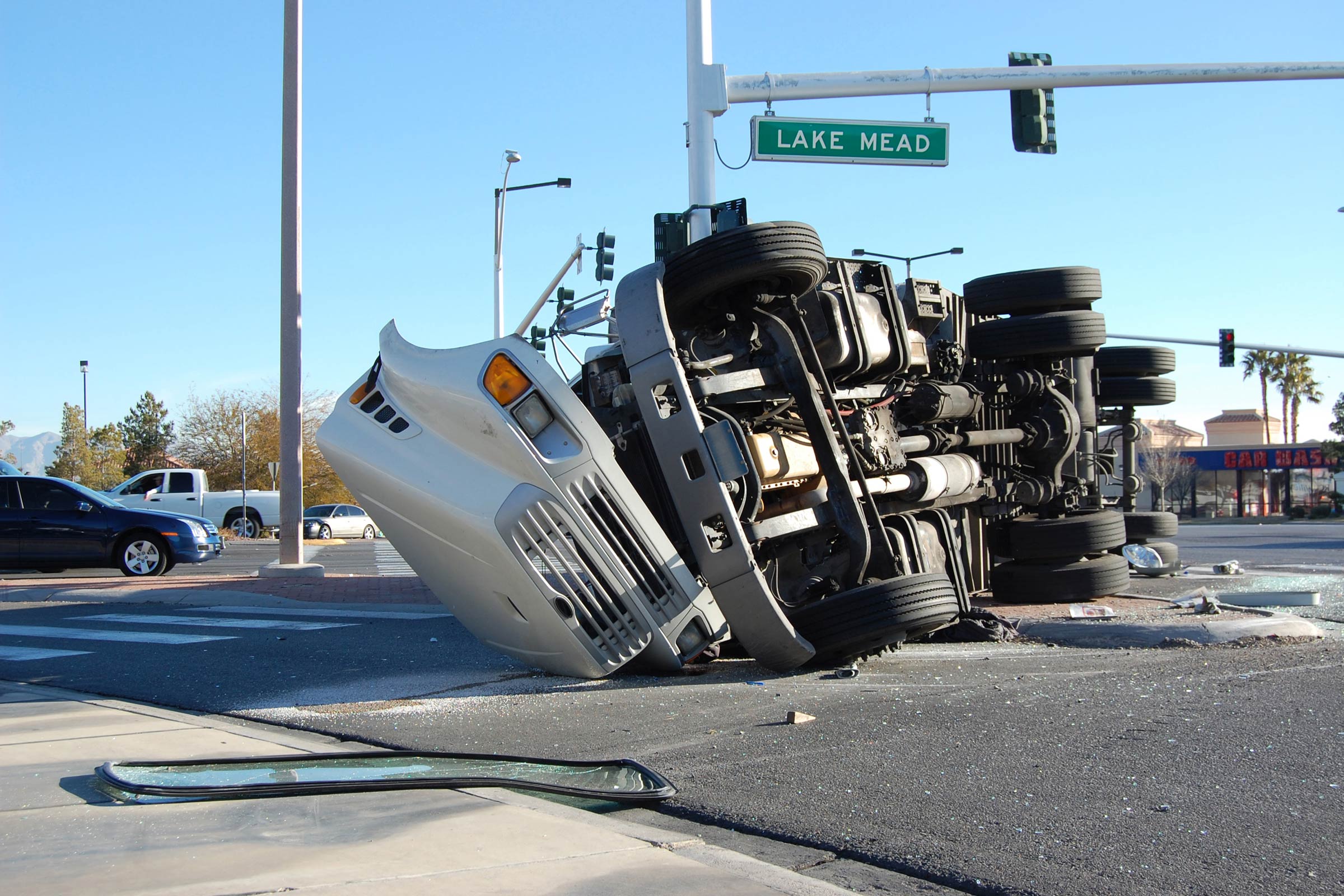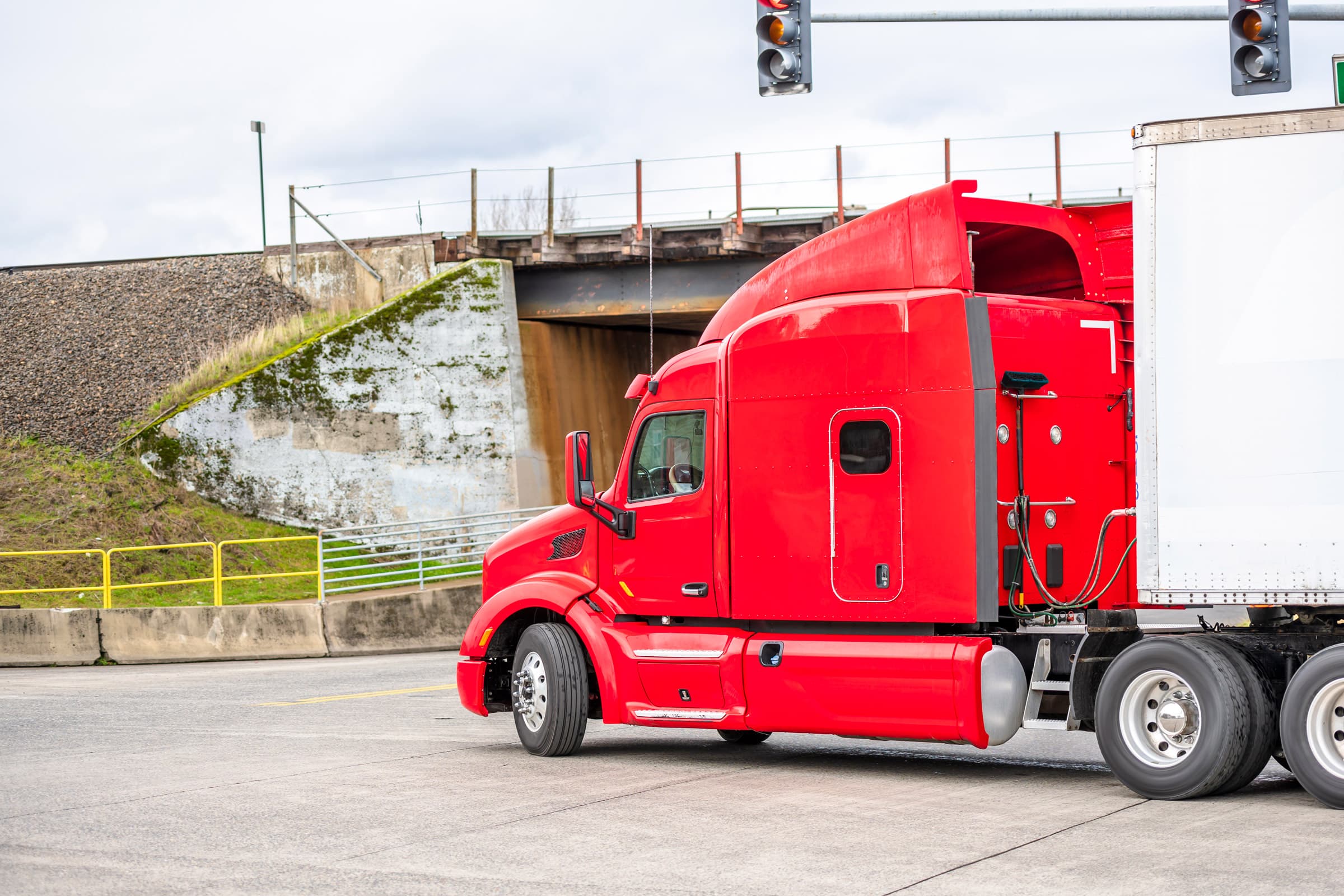Mirror Use: A Key to Safe Driving

Mirrors are an essential piece of safety equipment. A skilled driver knows how to use mirrors to help manage the space around the truck and avoid crashes while changing lanes, backing, turning, and during startups.
Are there actions you can take to improve your driving skills and reduce the risk of a crash by using your truck’s mirrors more effectively? Read the information below.
RECOGNIZE THE HAZARDS
ENVIRONMENT
![]()
Contaminants, such as dirt, fog, and snow, can reduce a driver’s ability to see around the truck.
EQUIPMENT
![]()
Vibration while driving can cause mirrors to become misaligned. Damaged, missing, or inoperable mirrors also affect the driver’s ability to manage the space around the truck.
PERSONAL BEHAVIORS
![]()
Failing to properly inspect and adjust mirrors before driving – both during the pre-trip inspection as well as follow-up inspections while en route – can negatively affect a driver’s ability to manage the space around the truck. Likewise, it is the driver’s responsibility to report damaged, missing, or inoperable mirrors.
KNOW THE DEFENSE
vehicle inspections
![]()
FMCSR Part 393.80(a) requires there be at least two rear-vision mirrors, one on each side, firmly attached to the outside of the motor vehicle. Check all mirrors before driving to ensure they are attached properly, in working order, and aligned correctly. Clean mirrors often using window cleaner. Pull over in a safe place if mirrors become misaligned due to vibration. Report any damaged or inoperable mirrors to maintenance immediately.
crash prevention techniques
![]()
1. Mirror use to prevent rear-end crashes:
• Make frequent, quick glances to mirrors to monitor traffic around the truck, and then return your focus to the traffic ahead. Complete this task in conjunction with other rear-end crash-prevention techniques.
2. Mirror use to prevent lane-change crashes:
• Align and clean the mirrors during every stop.
• Pull over if mirrors need to be adjusted or cleaned.
• Replace damaged mirrors immediately.
• Use the mirrors to monitor the space around the truck, especially before changing lanes. Complete these tasks in conjunction with other lane-change crash-prevention techniques.
3. Mirror use to prevent backing accidents:
• Adjust mirrors before backing to ensure you can see down the side of the trailer, including your spotter. Do this in conjunction with other crash-prevention techniques.
Note: These lists are not intended to be all-inclusive.
The information in this article is provided as a courtesy of Great West Casualty Company and is part of the Value-Driven® Company program. Value-Driven Company was created to help educate and inform insureds so they can make better decisions, build a culture that values safety, and manage risk more effectively. To see what additional resources Great West Casualty Company can provide for its insureds, please contact your safety representative, or click below to find an agent.
© Great West Casualty Company 2019. The material in this publication is the property of Great West Casualty Company unless otherwise noted and may not be reproduced without its written consent by any person other than a current insured of Great West Casualty Company for business purposes. Insured should attribute use as follows: “© Great West Casualty Company 2019. Used with permission by Great West Casualty Company.”
This material is intended to be a broad overview of the subject matter and is provided for informational purposes only. Great West Casualty Company does not provide legal advice to its insureds, nor does it advise insureds on employment-related issues. Therefore, the subject matter is not intended to serve as legal or employment advice for any issue(s) that may arise in the operations of its insureds. Legal advice should always be sought from the insured’s legal counsel. Great West Casualty Company shall have neither liability nor responsibility to any person or entity with respect to any loss, action, or inaction alleged to be caused directly or indirectly as a result of the information contained herein.




